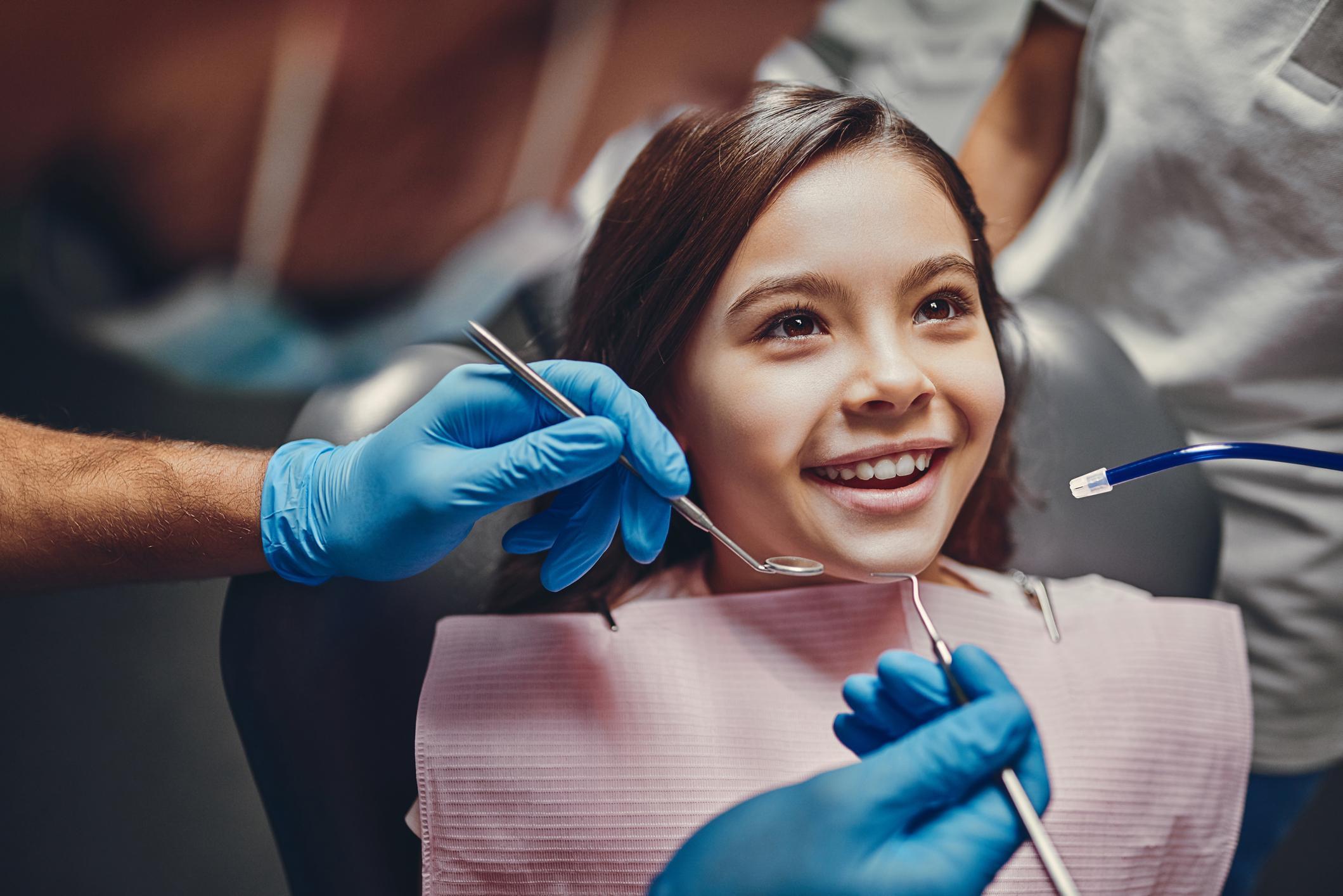- Kuşkavağı Mh. 563 Sk. No: 2C Konyaaltı/Antalya
- contact@esclinicturkey.com
Send Message


This branch, known as Pediatric Dentistry, is a dental science that includes the protection and treatment of milk and permanent teeth in children aged 0-15 years. Some of the treatments applied within the scope of Pediatric Dentistry include: permanent and milk tooth decay treatment, root canal treatment, preventive orthodontic treatment, tooth extraction, emergency dental examination, dental treatment with sedation, gum treatment. Most equipped dental clinics have a pediatric dentistry unit. The first stage of oral and dental health begins in infancy. After the first baby teeth start to come out, children should brush their teeth regularly. Experts recommend that the first dental examination be performed every 6 months. The formation of a healthy oral flora during the period of baby teeth in children is important for both overall body development and oral health. Preventive treatments such as Fissure veneer, orthodontic treatment and oral care training are offered by pediatric dentists in this unit. Treating rotten teeth prevents psychological problems such as speech disorders in children, loss of self-confidence and other infectious diseases. As part of pedodontics, dental filling, root canal treatment, children's dental prostheses, fluorine and fissure veneers are performed. Special fillings called compomers are applied for baby teeth.
Children cannot pay attention to oral care like adults. Baby teeth are more organic than normal teeth. This is why it is more likely to be tooth decay. It is very difficult to teach preschool children the technique of brushing teeth. It is important for children of this age to get into the habit of brushing their teeth from the point of view of oral and dental health. You can overcome this problem by getting them to use a children's toothbrush and toothpaste, and with some fun activities. Some of the treatments applied within the scope of Pediatric Dentistry are:
Fissure filling: these are the indentations and protrusions on the chewing surfaces of molars. Dental caries are more common in these parts. As part of the application of a fissure, these recesses and protrusions are covered with a liquid filler that protects the teeth from caries. In this way, bacteria are prevented from reaching here. These checks should be repeated every 6 months. Fissure filler is a filled application and does not contain harmful content. In short, it is a protective application. It helps children adapt to dental treatment processes.
Fluorine applications: fluorine is a special and effective substance that strengthens teeth. It's in a form that can be rubbed into the teeth. Calcium fluoride ions formed on the surfaces of the teeth protect the teeth from acid secretion caused by nutrients. In this way, the tooth becomes more resistant to caries and bacteria. Fluorine application provides protection, usually for 6 months. Before starting this application, there should be no caries lesions on the teeth. It should be examined before treatment.
Oral hygiene: the process of oral and dental care in children begins with oral hygiene practices to clean new teeth, gently moisten a clean gauze with warm water and wipe the teeth. In later periods, they can brush their teeth with a soft toothbrush. Children between the ages of 3 and 4 can brush their teeth without using toothpaste.
Copyright © 2021 ESClinic Excellent Smile Clinic Alondan
Last Update Date: 10.08.2023